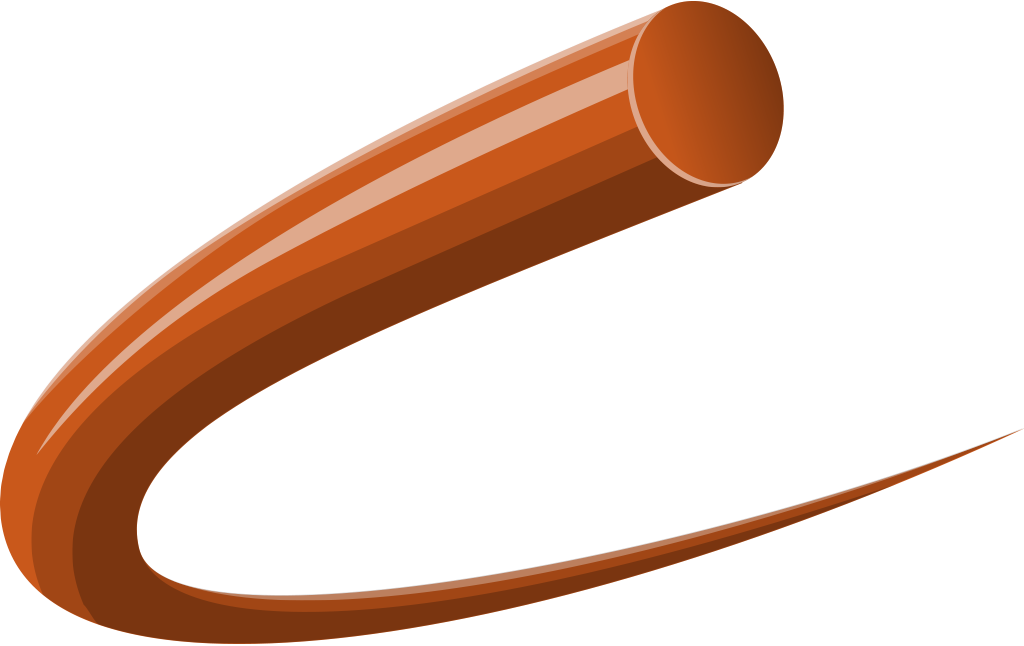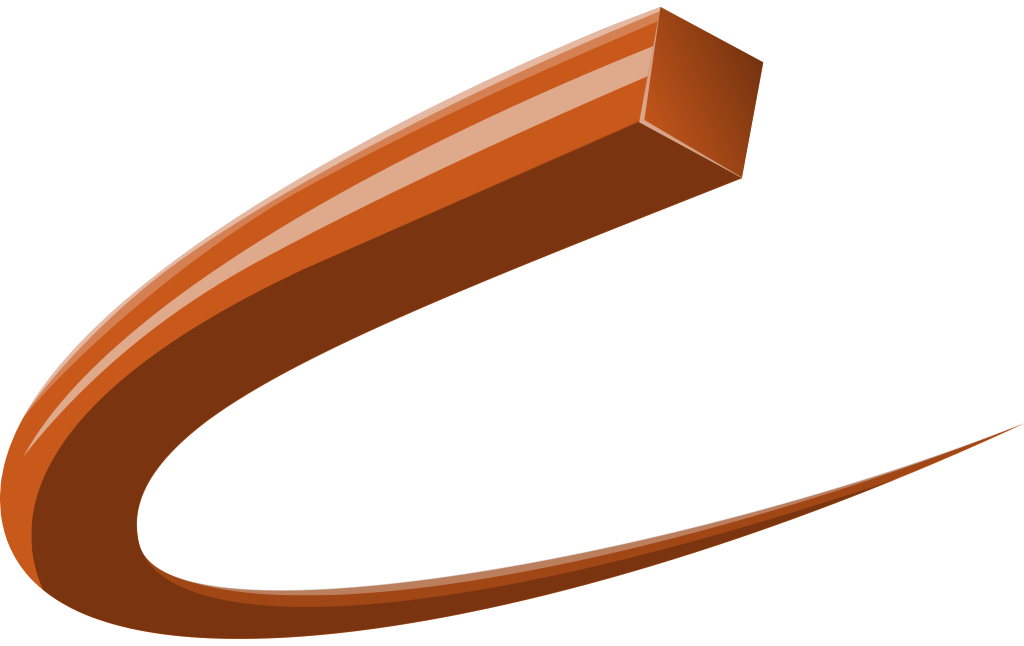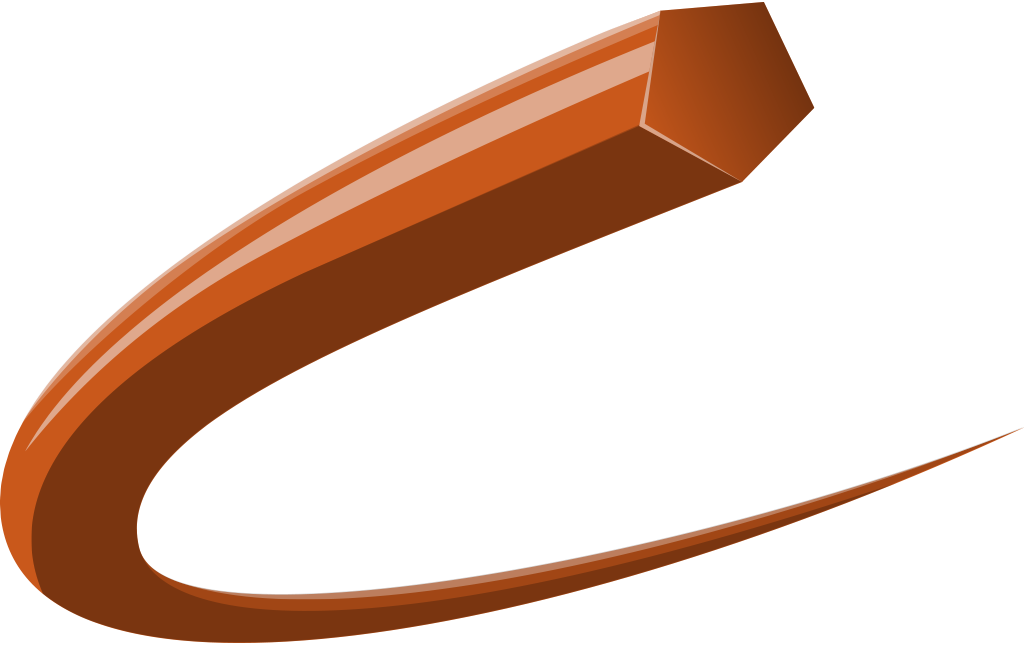Choosing cutting equipment
Choosing the right cutting equipment will make a great difference to a positive end result. Shape and form of trimmer line or grass blade should always suit the application, terrain and situation you are working in. Here is a guide to making the right choice of equipment.
Choosing the right trimmer guard
Ensure that you use the correct guard for your cutting equipment. There are dedicated trimmer guards, grass blade guards and combi guards that can be used for both trimming and cutting grass.
Grass blade vs trimmer line – when to use what?
- Use trimmer line or plastic cutting blades to avoid damaging surrounding objects or your cutting equipment.
- Trimmer line is versatile and a more forgiving when hitting hard objects like stones etc.
- Use grass blade for open areas without obstacles. Grass blades offer a “cleaner” result and the ability to easier collect the clippings.
- Use a heavy-duty grass blade for tougher vegetation. It can cut bushes up to 1.5cm in diameter.
- Inspecting your cutting equipment before using a grass blade is vital. Using a damaged blade can cause serious injuries.
Trimmer line |
Trimmer/ Brushcutter |
|
|---|---|---|
Short grass and soft growth <20cm |
2,0-2,4mm |
25cc or batt equiv |
High grass and soft growth <40 cm |
2,4-2,7mm |
35cc or batt equiv |
Coarse, dense grass and weeds |
2,7-3,3 mm / 3,0-4,0 mm |
45cc / 55cc |
Tough weeds, undergrowth and light scrub |
3,0-3,3mm / 3,0-4,0mm |
45cc / 55cc |
Choosing trimmer line
Trimmer line comes in a variety of shapes and sizes. There are three aspects to take into consideration when choosing trimmer line.
- Diameter
- Shape
- Material
Diameter
Which diameter to use depends on the type of application and the performance of trimmer/brushcutter used.
The bigger the diameter, the more energy the line is consuming. A big diameter line requires a powerful machine.
The impact and wear properties are strongly connected to the size of the line, so the larger the diameter the better suited it will be for tough conditions.
For the best cutting result you should go for the optimal size, not too big and not too small. Use the below table as guidance.
Shape
Different shapes of trimmer line have different characteristics.

Round
Round is the most traditional shape of a trimmer line. It is an all-round shape with good wearing resistance and cutting performance.

Square
The square profile is believed to cut the grass better with its sharp edges . This is not the entire truth. A square line usually has a larger mass than a round line. The square profile is energy consuming and is best suited for more powerful brushcutters, but once running at full speed, it is tough on rough vegetation.

Penta, star etc
The Penta is a combination of the round and the square, offering a combination of energy efficiency and cutting performance.

Twisted, Spiral, bumps etc
There are several ways to make a low noise trimmer line. The most common shape is a twist of some kind. This makes the line more aerodynamic and reduces the noise level, energy consumption and vibrations.
This is especially important when using battery products.
Material
Traditional trimmer line is made from Polyamide (PA). It comes in a range of grades offering different characteristics.
A co-extruded line combines a more flexible inner core with a more durable outer surface. The materials used differ from product to product.
There are also lines with different metal additives claimed to improve wear or cutting performance. Usually, the concentrations are very low and the actual effect is not easy to measure.
Storage
Trimmer line dries out if stored in unfavorable conditions, such as direct sun for long periods or in dry environments. Dry trimmer line is more brittle and will break more easily.
Ideally trimmer line should be stored in a dark area with a relative humidity level above 50% and in temperatures between 5°C and 40 °C.
A way to make the line absorb humidity before use to optimize performance is to spray the line with water (or to add a tablespoon of water (15ml) to a sponge and place it in the donut) the day before cutting. This way your trimmer line will last longer.
Choosing grass blade
- There are many variants of grass blades in different shapes, thicknesses and qualities of steel.
Husqvarna only recommends the use of Husqvarna blades together with a Husqvarna brushcutter. This is to ensure the overall quality. Always refer to your Operator’s Manual to see which cutting equipment is approved for your product. - If you want easier control of the grass clippings, it is recommended to have a blade with a wide body. This blade lays down the grass in neat rows, making it easy to collect.
- For coarser and dense grass it is more effective to use a 3-tooth or 4-tooth blade with “pointier” teeth. As you move into thicker and tougher
weeds, it is recommended to use a more heavy-duty thick grass blade. - If you don’t want to collect clippings or have the cut vegetation lying on the ground, an alternative is to use a shredder blade. This will mulch down and fragment the vegetation into smaller pieces. This is suitable for taking down lackberry bushes, for example.
- Use the below table as guidance in choosing the correct grass blade.
Grass blade |
|
|---|---|
Short grass and soft growth <20cm |
– |
High grass and soft growth <40 cm |
|
Coarse, dense grass and weeds |
|
Tough weeds, undergrowth and light scrub |
300 mm |
Bushes and shrubs |
